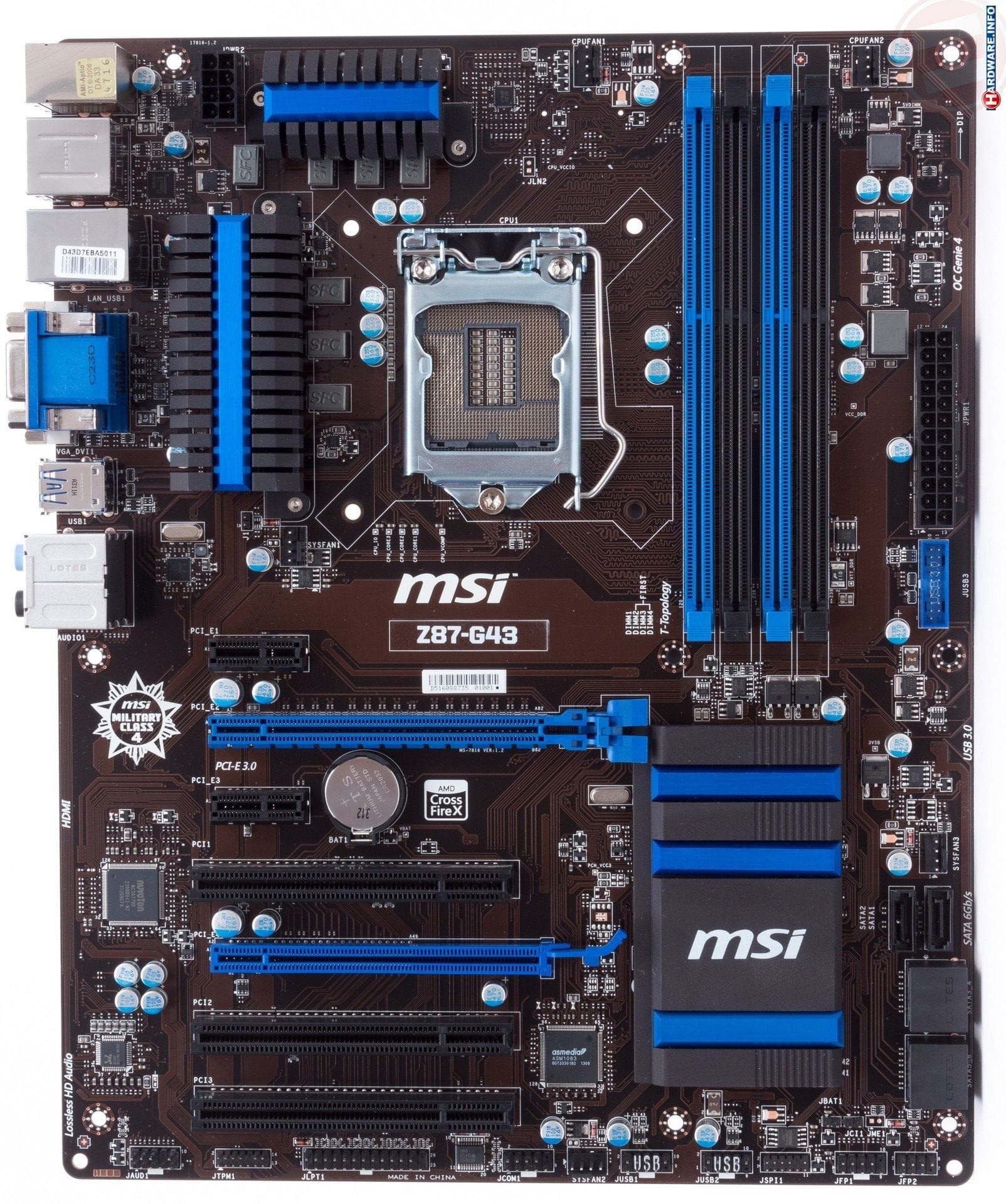
Real-time monitoring is a technique whereby IT teams use systems to continuously collect and access data to determine the active and ongoing status of an IT environment. If the server stops working as intended, the tool alerts the administrator, who can repair, update or replace the item until it meets the standard for operation. A management server receives that data from the agent and displays it to the user via the IT monitoring system interface, often as a graph of performance over time. Agentless monitoring uses existing communication protocols to emulate an agent, with many of the same functionalities.įor example, to monitor server usage, an IT admin installs an agent on the server. Agents are independent programs that install on the monitored device to collect data on hardware or software performance data and report it to a management server. IT monitoring can rely on agents or be agentless.

This is often accomplished through integration with tools that specifically focus on data visualization. Gathered metrics are presented through graphs or data charts, often on a GUI dashboard.

This part is sometimes referred to as the monitoring section and it analyzes what is working on the devices in the foundation, including CPU usage, load, memory and a running VM count. The infrastructure is the lowest layer of a software stack and includes physical or virtual devices, such as servers, CPUs and VMs.

IT monitoring covers three sections, called the foundation, software and interpretation.įoundation.

IT monitoring is the process to gather metrics about the operations of an IT environment's hardware and software to ensure everything functions as expected to support applications and services.īasic monitoring is performed through device operation checks, while more advanced monitoring gives granular views on operational statuses, including average response times, number of application instances, error and request rates, CPU usage and application availability.


 0 kommentar(er)
0 kommentar(er)
